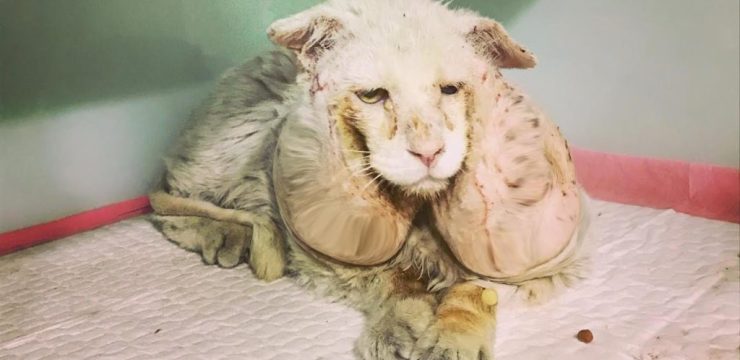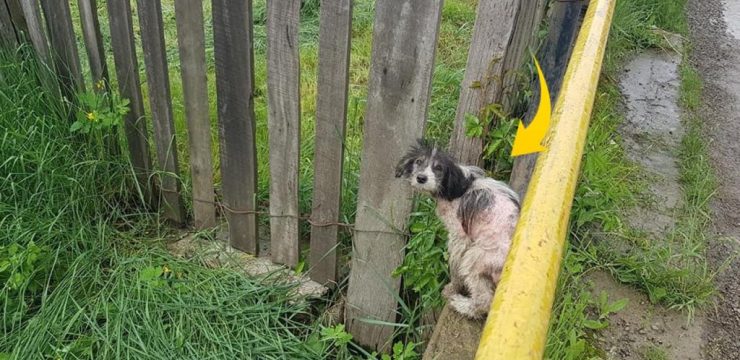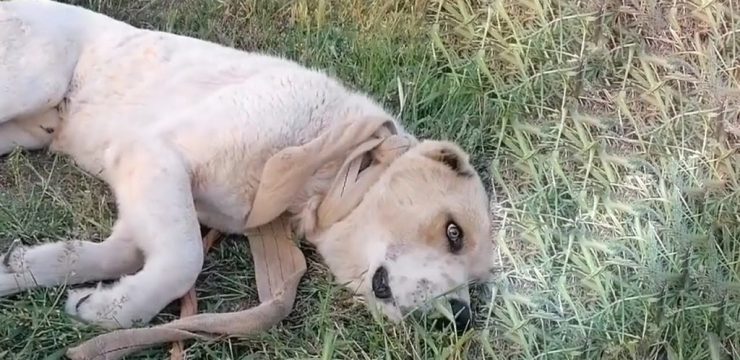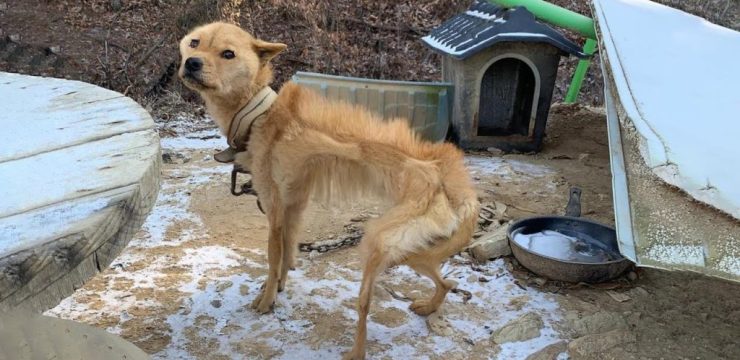Under the blazing Kenyan sun, the promise of water shimmered like a mirage across the endless plains. For a weary mother elephant and her young calf, that glimmer meant life itself—a fragile hope that would, over two agonizing days, turn into one of the most moving stories of love, endurance, and compassion ever witnessed in the wild.

Kenya’s landscapes are breathtaking and harsh, a vast mosaic of golden grasslands and sun-baked earth where every drop of water is precious. It’s a land that rewards the strong and tests the brave. Among its many inhabitants, elephants have adapted best through wisdom passed down by their matriarchs—mothers whose memories serve as maps to survival. On one particularly cruel afternoon, a matriarch led her five-month-old calf across miles of cracked soil, desperate for water. Dust rose with each step, and the relentless sun offered no mercy. Then, at last, she spotted what seemed like salvation—a shimmering pool reflecting the afternoon light.
But what appeared to be life was a deadly illusion. Beneath the thin crust of the muddy pool lay a deep pit of sludge—sticky, treacherous, and unforgiving. Driven by thirst and hope, the mother stepped forward first. The moment her massive feet pressed into the surface, the ground gave way. Instantly, her legs sank deep into the muck, and every movement only trapped her further. She trumpeted in distress, her cries echoing across the barren plains. In panic and loyalty, her calf rushed after her—and was swallowed by the same pit.
What followed was a fight for survival that would stretch across two long, scorching days. Fueled by love and instinct, the mother elephant battled to free her calf. Again and again, she used her trunk to lift and push, wrapping it protectively around her baby. When exhaustion overcame her, she stood guard, shielding her calf from the burning sun. When vultures circled above, she let out thunderous trumpets that sent them fleeing. Her every ounce of strength was poured into one mission—to keep her child alive.
By the second day, her energy had nearly vanished. The calf’s cries grew faint, its small body trembling with fatigue. Just when all seemed lost, faint sounds drifted through the dry air—desperate trumpets carried by the wind. A group of rangers nearby heard them. Those cries sparked an urgent response. Members of the Kenya Wildlife Service, the Sheldrick Wildlife Trust, and Wildlife Works immediately mobilized. In Kenya’s brutal heat, every minute meant the difference between life and death.
When the rescuers arrived, the sight before them was heartbreaking. The mother, half-submerged in mud, was still fighting to protect her calf. Even as the team approached, she tried to shield him, her instincts unbroken despite exhaustion. The veterinarians knew she was too stressed to allow help safely. With great care, they used a tranquilizer to calm her—just enough to ease her struggle without harm. Then, the team turned their focus to the calf.
The little elephant, caked in mud, tried to stand but refused to leave his mother’s side. The rescuers worked together, using ropes, coordination, and sheer determination. Inch by inch, they pulled him free until at last, with a final heave, the calf was safe. Cheers erupted—but the moment was bittersweet. The calf, still frightened, kept returning to his mother, pressing his small head against her, unwilling to be separated even for a moment.
Freeing the mother was far more difficult. The mud held her like cement, and every pull was met with heavy resistance. The team called in a tractor and additional ropes, combining human strength and machinery in perfect unison. Hours passed under the scorching sun. Their clothes were soaked with sweat, their arms trembling from effort. But not one person gave up. Finally, with one last mighty pull, her massive frame broke free from the pit.
As the tranquilizer began to wear off, the mother stirred. Slowly, she lifted her head and reached out her trunk—finding her calf beside her. The moment their trunks intertwined, a hush fell over the rescuers. The calf nuzzled against her, and she responded with a soft, rumbling call that resonated with relief and love. Many of those who witnessed it said tears filled their eyes. It was more than a rescue—it was a glimpse into the depth of emotion that connects all living beings.
In the days that followed, the mother regained her strength under the watchful care of the rescue team. They provided hydration, rest, and protection until she was ready to return to the wild. Soon, her powerful calls reached a nearby herd. Within days, mother and calf were joyfully reunited with their family. Trumpets filled the air, and trunks intertwined in greeting—a pure display of unity and affection that defines elephant life.
The pit that had nearly claimed two lives was later filled to prevent future accidents. But the story of their survival spread far beyond Kenya. It was shared across conservation centers, classrooms, and social media platforms around the world. People who had never seen Africa’s plains felt touched by the mother’s courage and the rescuers’ compassion. The story became a symbol of hope, a reminder that even in moments of despair, empathy can overcome tragedy.
Wildlife experts reflected deeply on the rescue’s meaning. Elephants are among the most intelligent and emotional creatures on Earth. They mourn their dead, care for their young, and form lifelong bonds. Their behavior mirrors humanity in profound ways. The rescue reminded the world of the importance of conservation—and the vital role played by organizations like the Sheldrick Wildlife Trust, which tirelessly protects elephants from drought, poaching, and habitat loss.
Yet, perhaps the most powerful message was not about elephants alone. It was about what humans can achieve when united by compassion. Rangers, veterinarians, and local villagers worked side by side—not for fame or reward, but for the simple, shared purpose of saving life. Their unity reflected humanity at its finest: selfless, determined, and kind.
In Kenya’s wild heart, the story of this mother elephant became more than a tale of endurance. It became a reflection of our shared world—proof that love knows no species and that resilience transcends all barriers. The image of her rising from the mud, embracing her calf under the golden African sun, remains a timeless symbol of courage and hope.
If she could endure two days of struggle for her child, then surely we, too, can endure for the sake of our planet. Her strength teaches us that compassion is not exclusive to humans—it is a universal force that binds us all. Through her eyes, we see that life’s most powerful bond is love, and through her story, we are reminded that kindness has the power to heal even the harshest corners of the earth.





